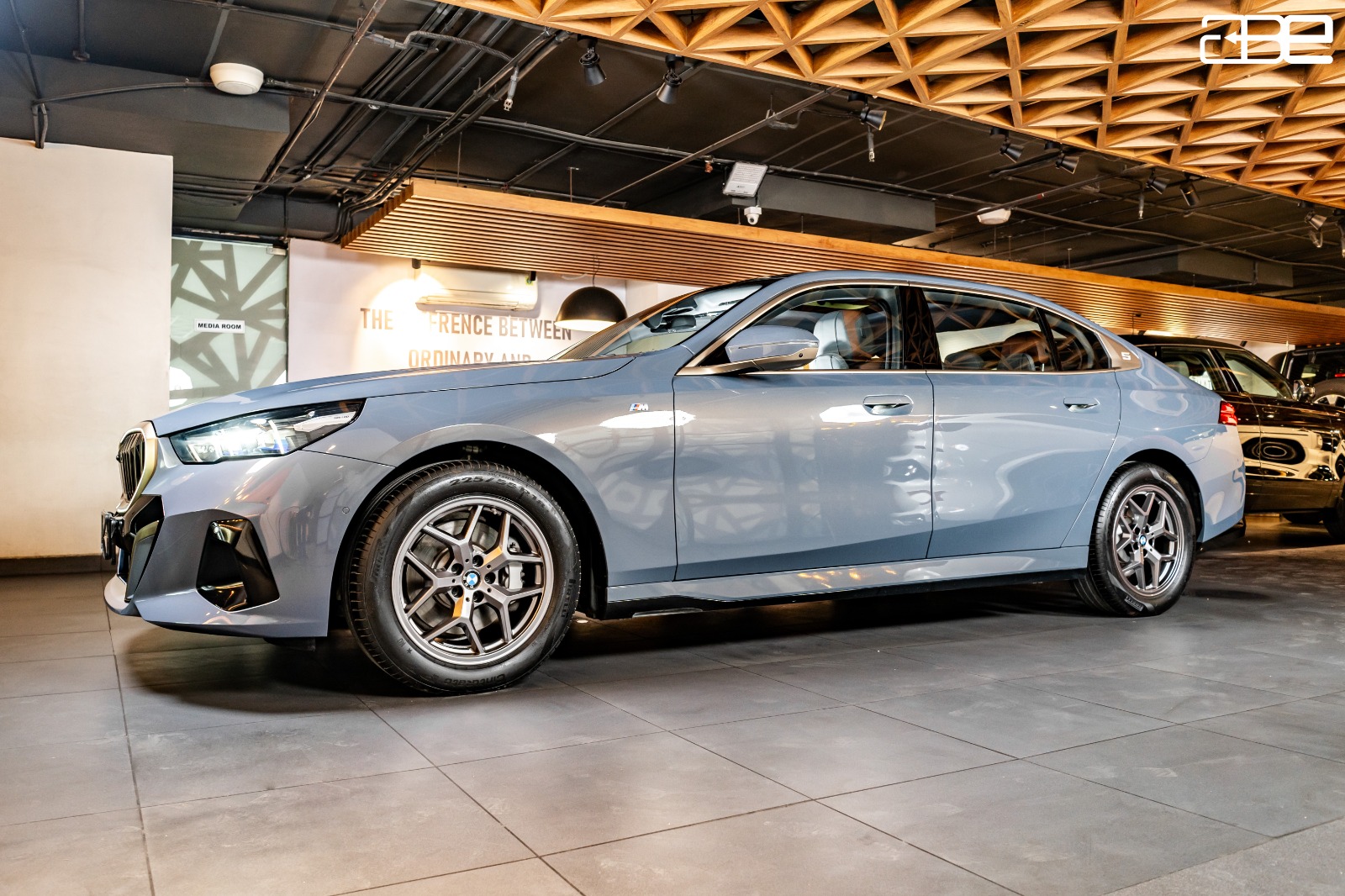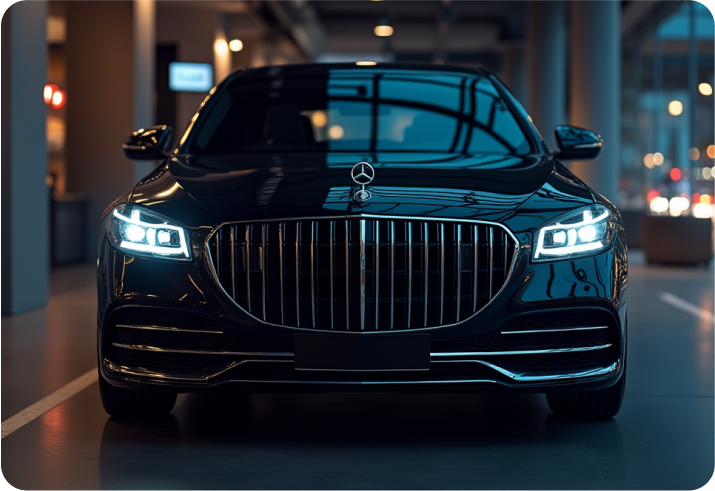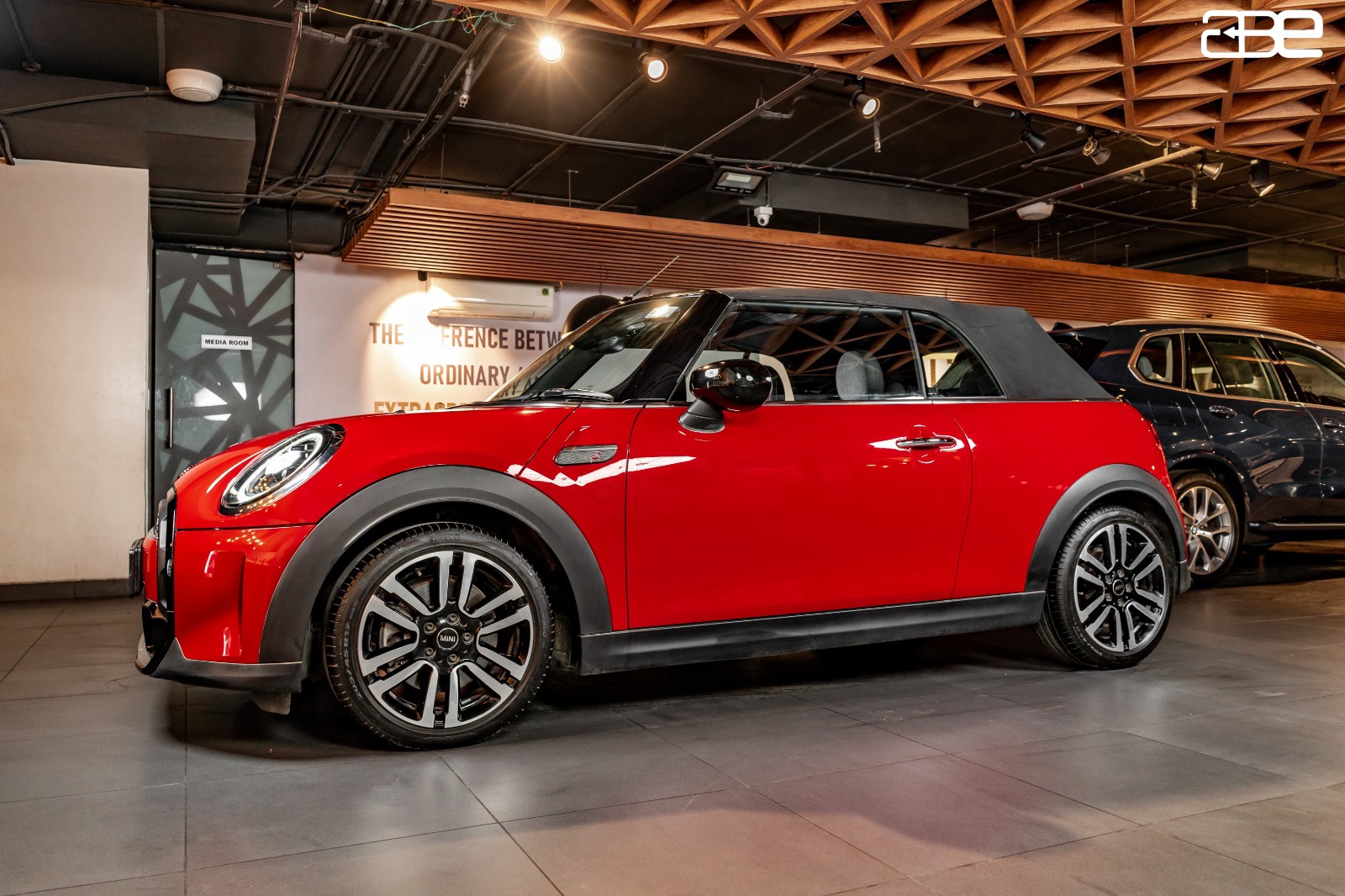The Ultimate Step-by-Step Guide to Purchasing Used Luxury Cars

Dreaming of owning a luxury car is one thing, but getting one used is another, which makes it the best option in most cases. Not only does it make high-end vehicles affordable to a wider public, but it also adds a lot of value by skipping the first loss. However, purchasing a used luxury car needs a lot of planning and analysis to be done in a bid to arrive at the most ideal decision that would lead to a worthy buy of a car. In this guide, you will find out about the necessary steps to follow to buy used luxury cars for sale online and how to avoid these pitfalls.
Purchasing a luxury car, a used one, is a huge investment, and this is true no matter where a person lives in the world. The appeal of the best engineering, fine materials, and technologies that go into the manufacture of these models makes them materials, but buying used luxury cars is an exercise of discretion. The prerequisites of buying a car include every stage, right from evaluating the market to the stage of assessing the condition of the car. Below, we’ll highlight the all-important features of a second-hand car buying guide, especially for luxury models.
Understanding the Market for Used Luxury Cars
This sector deals with used luxury cars, and many types of brands can be availed of from the market. This trend is a result of car buyers guides who always change their cars often, leaving behind well-maintained cars with low mileage and in good condition. Knowing where to look for the best-used luxury cars is half the battle.
-
Certified Pre-Owned Programs: Several luxury brands have certified pre-owned (CPO) programs in place. These cars receive rigorous tests; many may be sold with some extended warranty, making customers feel comforted.
-
Luxury Car Dealerships: Most dealers who deal in luxury cars always use quality cars and hence can provide car history reports.
-
Private Sellers: Buying from private sellers can offer better deals, but this route requires more caution to avoid potential scams.
How to Evaluate a Used Luxury Car’s Condition?
It is therefore very important to determine the overall state of a used luxury car to get a worthy deal. This will ensure that you find some problems that may not be so conspicuous now, resulting in expensive repairs shortly. Here’s a breakdown of the major components to check:
-
Engine
-
Begin with the observation of the engine compartment. Look for any signs of oil leaks, corrosion, or fraying belts.
-
When test driving, do not forget to consider the engine of the car. In addition to that, look for any light flashing or any sound you hear that you cannot identify.
-
Request a diagnostic scan from a reputable mechanic to identify any hidden issues that could affect the car’s performance.
-
Interior
-
High-end vehicles are expected to have finely styled interiors, searching for symptoms of tear-like scratches and faded colouring of the seats. Check for damages to the seats, dashboard, and panels.
-
Ensure that all controls, like seat adjusters, sunroofs, and heated seats, are fully operational.
-
Pay attention to any odd smells, which could indicate issues like water damage or mould.
-
Electronics
-
Modern luxury cars have equipped technology in this decade, and these include media players, navigation, and communication. Verify that these electronics are functioning properly, as repairs for these systems can be costly.
-
Check the sound system, navigation, cameras, and sensors to ensure they’re in good working order.
-
Ensure that electronic keys, remotes, and other smart features respond as expected.
-
Tires and Suspension
-
Luxury cars often require specialized tires, so inspect the tread depth and look for any uneven wear, which could indicate alignment issues.
-
When test-driving the car, note its behaviour. If there’s excessive bouncing or a lack of smoothness, the suspension might need attention.
-
Check the car’s maintenance history for any prior issues with shocks or struts, as these can affect ride quality and safety.
Avoiding Common Pitfalls and Scams in Luxury Car Purchases
The luxury car market can be a minefield for buyers, especially first-time shoppers. Here are the problems to look out for, which appear frequently:
-
Odometer Fraud: This is the practice of rolling back the odometer to show lower mileage. Always verify the car’s mileage with maintenance records or use a trusted vehicle history report.
-
Rebuilt Titles: Some used luxury cars are sold with rebuilt titles, indicating they were previously salvaged. While these cars are often sold at a discount, they may have underlying issues that can affect performance and reliability.
-
Flood-Damaged Cars: Flood-damaged cars may have hidden electrical or mechanical problems. A musty smell or water stains in unusual places could indicate a previous flood.
-
Unwarranted Price Markups: Be cautious of unusually low or high prices. Research the average market price for the specific make, model, and year of the car you’re interested in to avoid overpaying.
Conclusion
It is often inspiring to purchase a second-hand luxury car since it can come with all the trappings of a brand-new model but saves a lot of money. This way, you can be very certain that you are making the right purchase and that you do not fall prey to some of the many pitfalls that are out there. Remember, when choosing a luxury car, doing your research will help you acquire a good car and also enjoy the experience of luxury without any nasty shocks.
FAQs
-
Which is preferable, buying a used luxury car from a dealer or through a private seller?
Purchasing from a dealership that sells certified pre-owned luxury cars will give you extra confidence and a warranty. While buyers from private sellers pay benefits of lower price levels, they may have to deal with undisclosed problems with the car.
-
How can I be sure a used luxury car is reliable?
Run a complete vehicle history report, and get the automobile checked by a professional mechanic. Search for a maintenance history of service because this would be a sign that the previous owner was a car user.
-
What is the average lifespan of a used luxury car?
If well-maintained or properly used, many luxury cars could run as far as 200,000 miles. The lifespan is conditional on the model, usage, and treatment given by the previous users of the car.

 By Admin
By Admin






